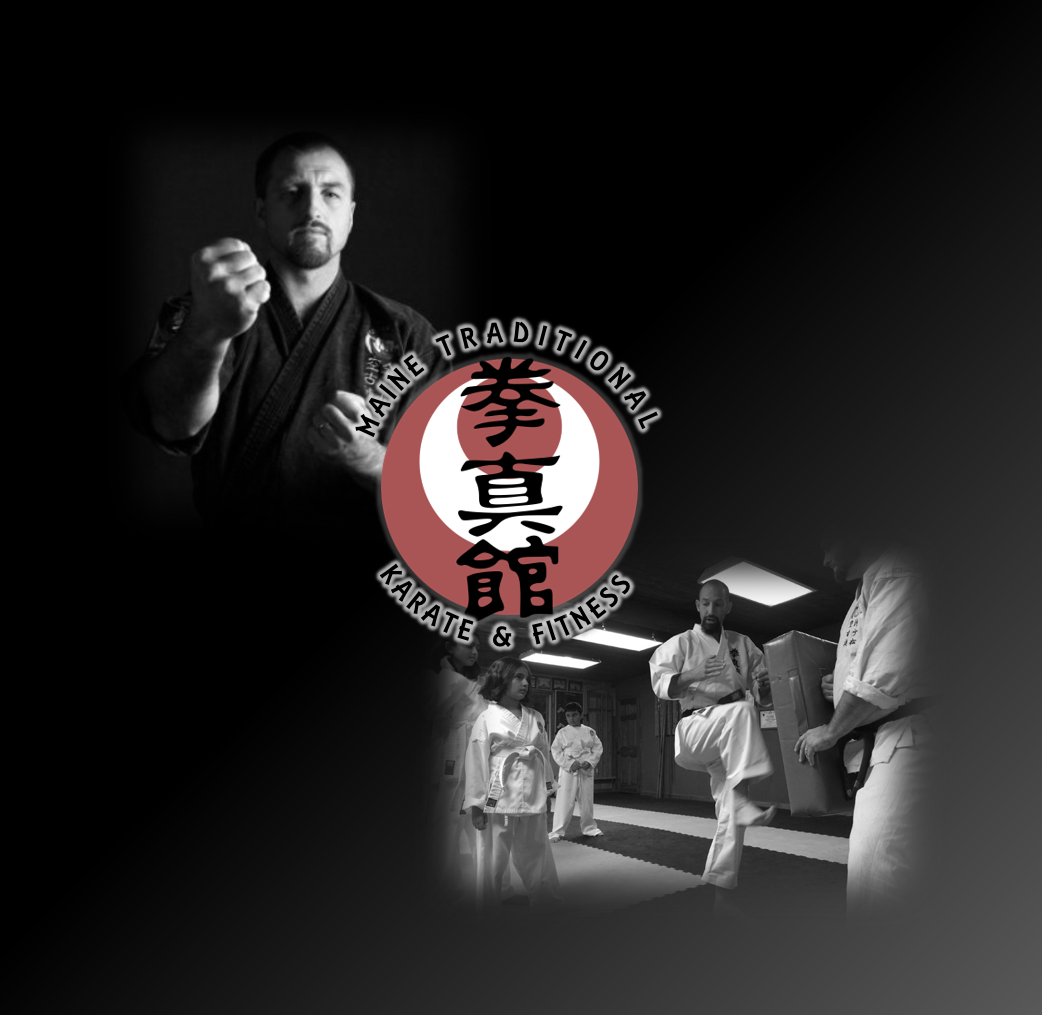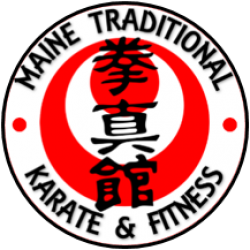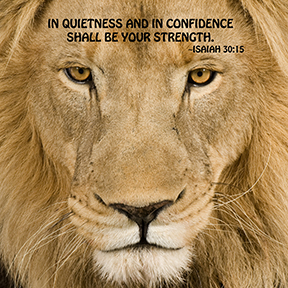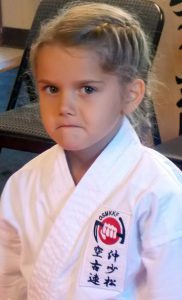 We have an L shaped sectional couch in our living room. My son, Isaac, usually rests at one end of the L, I at the other, and my wife, Sue, in the middle. Inevitably, at some point in the evening, an eerie silence falls over the room …. Peace? … Nope. It is a telling silence, and you best be listening for it when visiting the Roberts’ homestead. Without warning, the unmistakable “FWAP” of a sock hitting Isaac or Sue square in the face marks the beginning of the almost nightly ritual.
We have an L shaped sectional couch in our living room. My son, Isaac, usually rests at one end of the L, I at the other, and my wife, Sue, in the middle. Inevitably, at some point in the evening, an eerie silence falls over the room …. Peace? … Nope. It is a telling silence, and you best be listening for it when visiting the Roberts’ homestead. Without warning, the unmistakable “FWAP” of a sock hitting Isaac or Sue square in the face marks the beginning of the almost nightly ritual.
I have no idea how or when it started, but the ritual involves an all out, no holds barred war of sock and pillow throwing until such time as easily accessible ammunition exists no longer. Being the eldest statesman in the house, I, of course, am above such juvenile shenanigans …. UNTIL a seemingly unintentional ricochet or errantly aimed projectile invades my airspace and connects with my person. Oh, it’s ON then baby.
So, I told you that story so I could tell you this one. When everyone in my household is getting ready in the morning, it is a miracle if you can find ANY socks, no less a matching pair. My son and I view life much the same way – the function of socks is to keep one’s feet warm; two of any variety will do the trick. Sue asked Isaac the other day, “what do you do when people ask you why you are wearing two different socks?” Isaac’s response, “I usually ask them why they’re not.”
Hold that true story in your mind while you ponder this equally true story. We have a great little mom-n-pop convenience store just down the road that is the go to location for Sue and Isaac if they are missing a crucial ingredient for the evening’s meal or activities. Some sketchy individuals can sometimes be found in the vicinity after dark. It is not a particularly well lit area and would require a few minute response time from our police department.
Isaac and Sue were on their way back to the car one evening when a questionable individual approached Sue and asked her for a quarter. Isaac had already made his way around to the passenger side of the car. Now I am usually the cynical one in the family which makes it amusing that I did not even think of the highly likely scenario that the individual wanted Sue to move her purse to a more snatcher friendly location. The way Sue told the story however made it clear that a possible robbery was exactly the vibe that she had gotten. I looked over at Isaac, and, like part of a well-oiled story telling machine, he picked up without missing a beat. “Don’t worry, Dad. My body had already started moving and I knew exactly how I was going to get across the hood of the car in time to protect Mom.” Isaac then described a sequence of actions that indeed would have been quite effective and well within his Nidan arsenal.
Ponder both scenarios from the perspective of a karateka and you can see how karate-do is as much, if not more, a mindset as it is a set of violently effective combative actions. Self-confidence, an internally-based sense of self-worth, and a calmness that allows prudent response versus reaction are all characteristics fostered and cultivated in the dojo. Such has been true from the very beginnings of the Shorin Ryu style.
In his book Empty Hand: The Essence of Budo Karate, Kenei Mabuni tells a centuries old story regarding karate legend, Matsumura Sokon:
He was then 41 years of age. It was a day in autumn when a young man in his early 20s came to [Matsumura] asking to be accepted as his student. He was tall, more than 1.80 m (about 6 ft) 141, with a strong stature. Matsumura was already a famous man and many young men wanted to become his disciple. But he chose his students very carefully. While the young man was begging, Matsumura noticed that there was something ill-bred in him that he did not like. He grumbled a few words and finally refused his wish. The young man left with a rather angry face.
A few days later master Matsumura went home from his service in the castle of Shuri together with two of his disciples. Suddenly they were ordered to stop by a group of about 10 young men who had waited for them in ambush. The place where this happened is today the road behind the Shuri high school.
“Oh, am I seeing Master Matsumura?” The young man who had stepped out of the group and said this was taller than the others. Matsumura thought this voice reminded him of someone. Calmly he answered, “Right, I am Matsumura.” When the moonlight let the young man’s face emerge more clearly Matsumura recognized him as the big guy who had visited him a few days ago.
“If you want to pass you must crawl between my legs!” As if by command, the men started to surround Matsumura. His students stood silently aside and watched the scene.
“If you say so.” Master Matsumura nodded and without objection kneeled down in front of the young man. While sitting on his knees he bowed his head down to the ground. Suddenly, the tall guy seemed to be puzzled because he did not understand what Master Matsumura was really intending. But then he straddled his legs to let him crawl through. He looked very strained. Sweat was running from his forehead. In the moment Matsumura put his hands on the ground to crawl on all fours he could not stand the tension anymore and jumped back shouting: “Ok, ok, I got it. You are free to go.” Angrily he spat on the ground. He was panting with a pale face, his shoulders trembling. Matsumura … left the scene as if nothing had happened.
Both students who went behind the master had to struggle to control their emotions. But finally they could no longer restrain themselves: “Master, what we were just seeing, was this really “Bushi” Matsumura? Wasn’t it just terrible being humiliated that way?” The other one added: “Right, even if there are so many enemies you must not allow them to bring such a shame and humiliation on you and force to creep like a dog.” Matsumura listened to their words with a gentle smile. …
Of course the other students heard about this matter soon. So did Matsumura’s wife Ume. She is said to have told the students: “Look, you should understand that Matsumura has just won without fighting.” Of course, he could have chosen to fight. One strike would have been enough to knock out the tall gang leader. Then he would have knocked down four or five of the others and the rest would surely have run away. But he was accompanied by two inexperienced disciples. There was the risk for his students to be injured. He would have had to protect them. So the situation was more difficult than if he had been alone. But even if he had been alone, fighting against so many people would not have left him much room for modesty. Probably he would have had to injure a few of them. Maybe one of them would have even come to death. His king would never have forgiven such a behavior. This is why he chose “winning without fighting”. But again this was not a deliberate decision but a natural and spontaneous reaction to the situation. (pp. 166 – 167)
The concept is ubiquitous in Eastern thought. A Daoist may speak of a flowing stream that encounters an immovable boulder. The boulder stands rigid and firm, resolute that none shall pass through it. The stream simply yields to the boulder, flows around it, and continues merrily on its way. The boulder believes itself to be all powerful as it forces others to alter their path. The stream almost feels sorry for the boulder as it knows the boulder will always be anchored, stuck in the same place in life based on its mindset.
So, when facing the sock mockers in your life, be the stream and not the boulder. Keep your eye on the goal of being happy in life and experience as much of its infinite wonder that you possibly can. Allow the boulder its illusion of power – to engage it yields no benefit to you and only sucks you into a battle of the wills over insignificant minutiae. As Bruce Lee once said, “be like water my friend.”
If your reaction to such a thought is “why should I bother studying karate if I am simply going to yield to all such obstacles,” then you need to come to class twice as much.
In a prior post , I pointed out:
one of my favorite karate posters involved a tiny bird perched on a katana (sword) that was attached to a samurai’s waist area. The quote read “Never think that because I am peaceful that I have forgotten how to be violent.” Way cool … Definitely need to hang that one in my home dojo … After cringing at the fact that I had just written the term “way cool,” I also felt some embarrassment about thinking so highly of the poster. Neither confidence nor strength were being depicted. The ugly faces of arrogance and insecurity lurked beneath a false veil of nobility.
A new year of training is upon us. Set aside time to reflect on the lessons that lie beneath the punching and kicking. Do not be ashamed if you do not yet see them. I honestly have grown to believe that the lessons reveal themselves to us when we are ready, or, more frequently, when we most need them.
As you ponder the deeper meanings of your own experiencess in karate-do, always remember that, unfortunately, the world can be a dangerous place. So, train hard and with focus. What you will find is that your body and mind subconciously will come to live the philosophy best summed up by Theodore Roosevelt:
Don’t hit at all if it is honorably possible to avoid hitting; but never hit soft.









 Traditional martial arts instruction embraces the concept of shin gi tai. Literally translated as mind-technique-body, shin gi tai stresses development of the mind, body, and technique as necessary to understand, and to benefit most completely from, the way of karate (karate-do). With the advent of sport karate, some schools have shifted instruction to focus only on getting in shape (tai) and perfecting technique (gi) as a way to ensure tournament success. While such efforts can result in beautiful performances requiring great skill, removing the shin (development of the mind/spirit/character) prevents one from fully realizing the true path and benefits of karate-do. As noted in his autobiography “The Spirit of Okinawan Karate,” our Grandmaster, Fusei Kise, responds to students’ description of training:
Traditional martial arts instruction embraces the concept of shin gi tai. Literally translated as mind-technique-body, shin gi tai stresses development of the mind, body, and technique as necessary to understand, and to benefit most completely from, the way of karate (karate-do). With the advent of sport karate, some schools have shifted instruction to focus only on getting in shape (tai) and perfecting technique (gi) as a way to ensure tournament success. While such efforts can result in beautiful performances requiring great skill, removing the shin (development of the mind/spirit/character) prevents one from fully realizing the true path and benefits of karate-do. As noted in his autobiography “The Spirit of Okinawan Karate,” our Grandmaster, Fusei Kise, responds to students’ description of training: Karate is excellent exercise. You will sweat. You will get tired. You may get muscle aches in places you did not know you had muscles. You will overcome. We will help you. Development of the body (tai) requires not only exercise, but perseverance. The goal of our instructors is to help each student develop to the full extent of that student’s capacity. Students of all ages and fitness levels attend our dojo. Some could not do a single pushup when they started. Others could not punch 10 times in a row before needing a break. Yet others have no problem doing one-handed pull-ups. Such diversity in fitness levels exists in harmony due to the mutual respect shared between students. All who attend our dojo share a common interest in self-improvement. All students possess strengths from which we all benefit. We want each other to succeed. We know no other way.
Karate is excellent exercise. You will sweat. You will get tired. You may get muscle aches in places you did not know you had muscles. You will overcome. We will help you. Development of the body (tai) requires not only exercise, but perseverance. The goal of our instructors is to help each student develop to the full extent of that student’s capacity. Students of all ages and fitness levels attend our dojo. Some could not do a single pushup when they started. Others could not punch 10 times in a row before needing a break. Yet others have no problem doing one-handed pull-ups. Such diversity in fitness levels exists in harmony due to the mutual respect shared between students. All who attend our dojo share a common interest in self-improvement. All students possess strengths from which we all benefit. We want each other to succeed. We know no other way. Development of gi (technique/skill) closely parallels improvements in tai. Ability to perform a technique only increases as one becomes more physically fit and flexible. Competence in technique permits pursuing more strenuous, advanced techniques, thus producing higher fitness levels. Repetition of proper technique yields muscle memory – the concept that given a certain event, your muscles and body simply respond with little or no higher cognitive processing. Consider the adaptive role of reflexes, and the benefits of muscle memory become obvious. There is no denying the interdependent nature of gi and tai.
Development of gi (technique/skill) closely parallels improvements in tai. Ability to perform a technique only increases as one becomes more physically fit and flexible. Competence in technique permits pursuing more strenuous, advanced techniques, thus producing higher fitness levels. Repetition of proper technique yields muscle memory – the concept that given a certain event, your muscles and body simply respond with little or no higher cognitive processing. Consider the adaptive role of reflexes, and the benefits of muscle memory become obvious. There is no denying the interdependent nature of gi and tai. As begins to become apparent above, attitude/mindset, character, spirit, values (i.e. shin) is a critical component of any true study of karate-do. Author and martial artist Michael Clarke writes with great eloquence:
As begins to become apparent above, attitude/mindset, character, spirit, values (i.e. shin) is a critical component of any true study of karate-do. Author and martial artist Michael Clarke writes with great eloquence:


